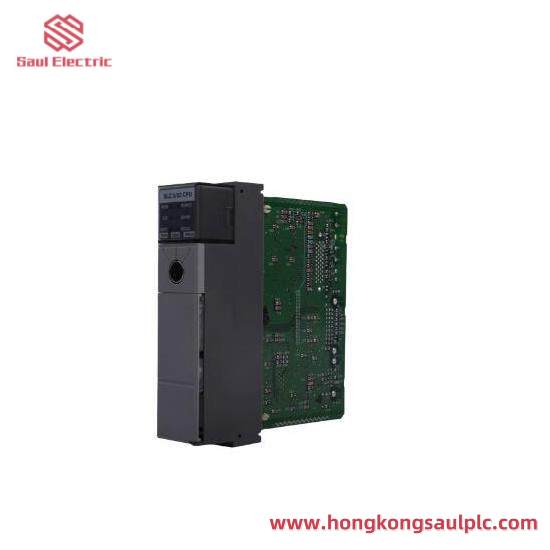Processor Type:80188
I/O Points:512
Processor Speed:10 MHz
Weight:0.92 kg
Memory:16 KB
Back-up Memory:Flash
Communication Ports:[“RS-232″,”EtherNet”]
Mounting:Chassis
Output Current:1 mA at 5 VDC
Response Time:[“Typical Scan: 0.9 MS/Kword”,”Bit Execution: 0.37 MIC-SEC”,”I/O Scan: 0.255 MS”]
Programming Devices:RSLogix™ 5000 Software
Enclosure:Open Type
Display:Status LEDs
Dimensions:Length: 145 MM, Width: 35 MM, Height: 142 MM
Temperature Rating:0 – 60 DEG C
Environmental Conditions:5 – 95% RH
The Allen Bradley 1747-L531/D SLC 5/03 Processor is a cornerstone in industrial automation, boasting a modular design for seamless integration into existing systems. Its compact size and robust build quality make it suitable for a wide range of applications requiring high reliability and performance.
Featuring an advanced 16-bit microprocessor, this processor ensures swift execution of complex control tasks without compromising on accuracy or stability. It supports a variety of input/output points, allowing for efficient data handling and control over various devices in the manufacturing environment.
With support for both DH-485 and RS-232 communication protocols, the Allen Bradley 1747-L531/D processor enables seamless data exchange with other control devices, enhancing system interoperability and efficiency. Its extensive communication capabilities facilitate the creation of interconnected industrial networks.
Equipped with non-volatile memory, this processor ensures that critical data is preserved even during power outages, guaranteeing continuous operation and minimizing downtime. The inclusion of status LEDs provides real-time monitoring of the processor’s operational state, enabling quick troubleshooting and maintenance.
Designed with an open type enclosure, the Allen Bradley 1747-L531/D Processor offers easy access for maintenance and upgrade, making it a practical choice for long-term industrial use. Its compatibility with RSLogix™ 5000 software further enhances its utility, allowing for flexible programming and customization according to specific application requirements.




